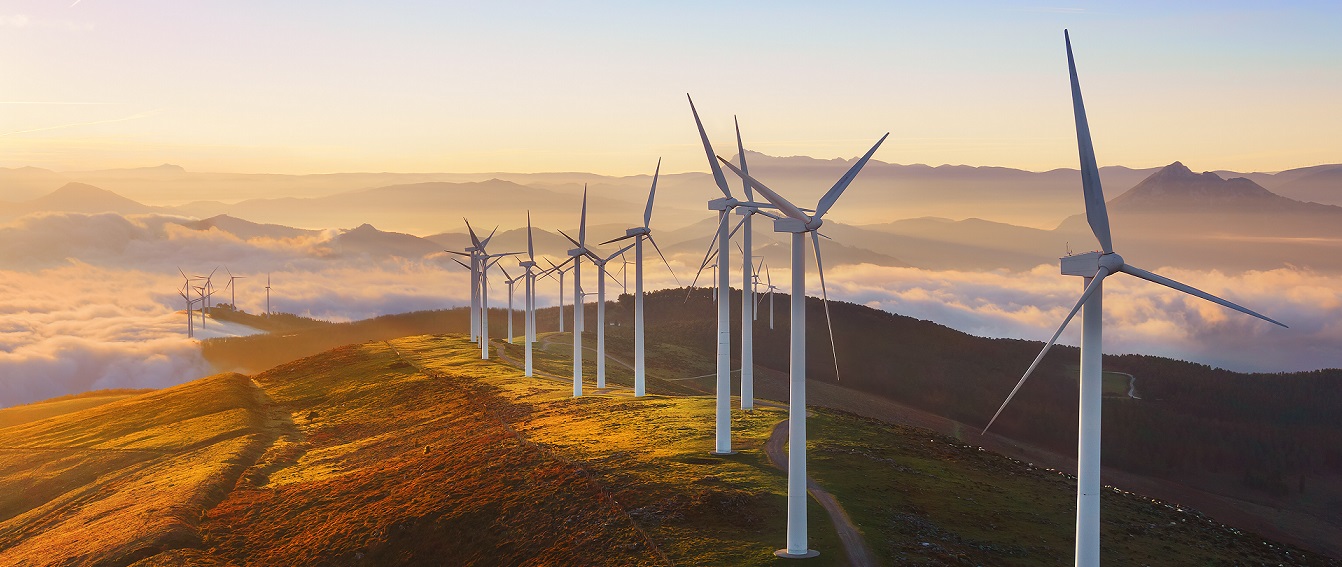
As we enter the New Year, we’re getting ever closer to a tipping point that could mainstream environmental action. The transition to a sustainable economy is not going to be an easy one, but the bold, positive momentum witnessed from cities, corporates and individuals over the last year has left me optimistic as we head into 2018.
Here are six things to watch out for:
1. The end of coal
The worst climate offender, coal, is finally on its way out. Every major country in the world bar India reduced its consumption of coal in 2016, according to the International Energy Agency.
The IEA says that 5.3bn tonnes of coal equivalent were burnt in 2016, down 1.9% on the year before and 4.2% on 2014, the fastest decline since 1990-1992. Global consumption of coal is forecast to stagnate over the next half decade.
With the plummeting costs of renewable and countries across the globe looking to edge away from this dirty energy source, we can expect to see the further demise of coal into 2018.
2. A refocus on 1.5°C
At the UN climate conference in Paris (COP21) in 2015 governments collectively committed to holding global warming to below 2°C, and to strive for below 1.5°C. This year, attention will be back on the latter of these pledges as the Intergovernmental Panel on Climate Change – the body responsible with providing governments with authoritative overviews of the latest climate science – releases its assessment on how global temperatures can be held within this lower limit, and what the impact could be on our planet.
As policymakers (who are still too often sadly opposed by irresponsible corporate funded lobbying) look ahead to 2020, when they are expected to come back to the table and increase their ambition under the Paris Agreement, this will be a timely reminder of the impacts we are facing, and will help to define the pace and scale needed for the global transition to a climate-safe future for all.
3. China’s emissions trading system
At the end of 2017 we saw the long-awaited launch of China’s first national carbon emissions trading system. The market will initially cover the high emitting power sector and will give these companies a financial incentive to clean up their operations. This move by China - as such an influential market and also the world’s number one polluter – is hugely significant.
It will set new standards for carbon pricing around the world and further integrate environmental considerations into financial systems, making it clear that a global move towards addressing climate change is underway and irreversible.
It is also revelatory to see that it is not just governments and regulators thinking about carbon carrying a financial value. In fact, more and more companies are factoring an internal carbon price into their business plans too, with almost 1,400 companies reporting to CDP that they had factored an internal carbon price into their business plans in 2017, representing an eight-fold increase over the previous four years.
4. Environmental reporting going mainstream
Seventeen years ago, we set out to transform capital markets and make environmental reporting the business norm. In 2017, our vision took a major step towards reality, with the release of the recommendations of the Task Force on Climate-related Financial Disclosure. Building on CDP’s work, the recommendations aims to mainstream climate information into financial reporting, and they now have the endorsement of companies with a combined market capitalization of $6.3 trillion.
In 2018, we are upgrading our global disclosure platform to enable reporting at scale against TCFD recommendations, meaning increasing alignment, measurement and action across the board from corporations.
5. The continued rise of cities and corporates
Over 6000 companies now disclose to CDP, over 300 have committed to set science-based targets, over 100 aim to go 100% renewable energy, while many more are taking action to ensure secure and sustainable water supplies and end deforestation. There has been a near 20-fold increase in the number of climate actions taken by cities over six years of CDP data requests, as we’ve seen non-state actors fill the void left by the US Administration’s intended withdrawal from the Paris Agreement
In 2018, this momentum is only set to grow as city, state and business leaders prepare themselves for the Global Climate Action Summit, to take place in California in September. The event is billed as an opportunity for these groups to pledge concrete climate actions, and embolden their national governments to come back to the table in 2020 with strong climate commitments as part of the Paris Agreement.
6. Jobs jobs jobs
As the economy transitions, 2018 is expected to be another booming year for jobs in the low carbon sectors. The best-known jobs story of 2017 was the rising force of solar power, employing 374,000 US workers from 2015-2016, a whopping 43% of the US energy sector’s workforce vs. fossil fuels employing just 22%.
According to the latest 2017 IEA forecasts, solar will dominate energy growth until at least 2022, so this trend is set to continue worldwide and boosted by the growth of other renewable energy technologies such as wind power.
But while the construction of our new economy will continue to power employment, a whole host of new sectors could spring up as we enter what some are calling the ‘third industrial revolution’. This revolution is transforming how we live and work, minimizing the amount of energy required for production. But it also poses the greatest job creation opportunity of this generation.
The Global e-Sustainability Initiative (GESI) believes that the UN’s 17 Sustainable Development Goals for 2030 are all within reach with the use of digital technology, and I personally think ICT and smart communications will be the biggest success stories of 2018.
Far from reliant on robots, the transition needs a skilled labour force more than ever; and that should be embraced by entrepreneurs, new graduates, small businesses and corporates the world over.
